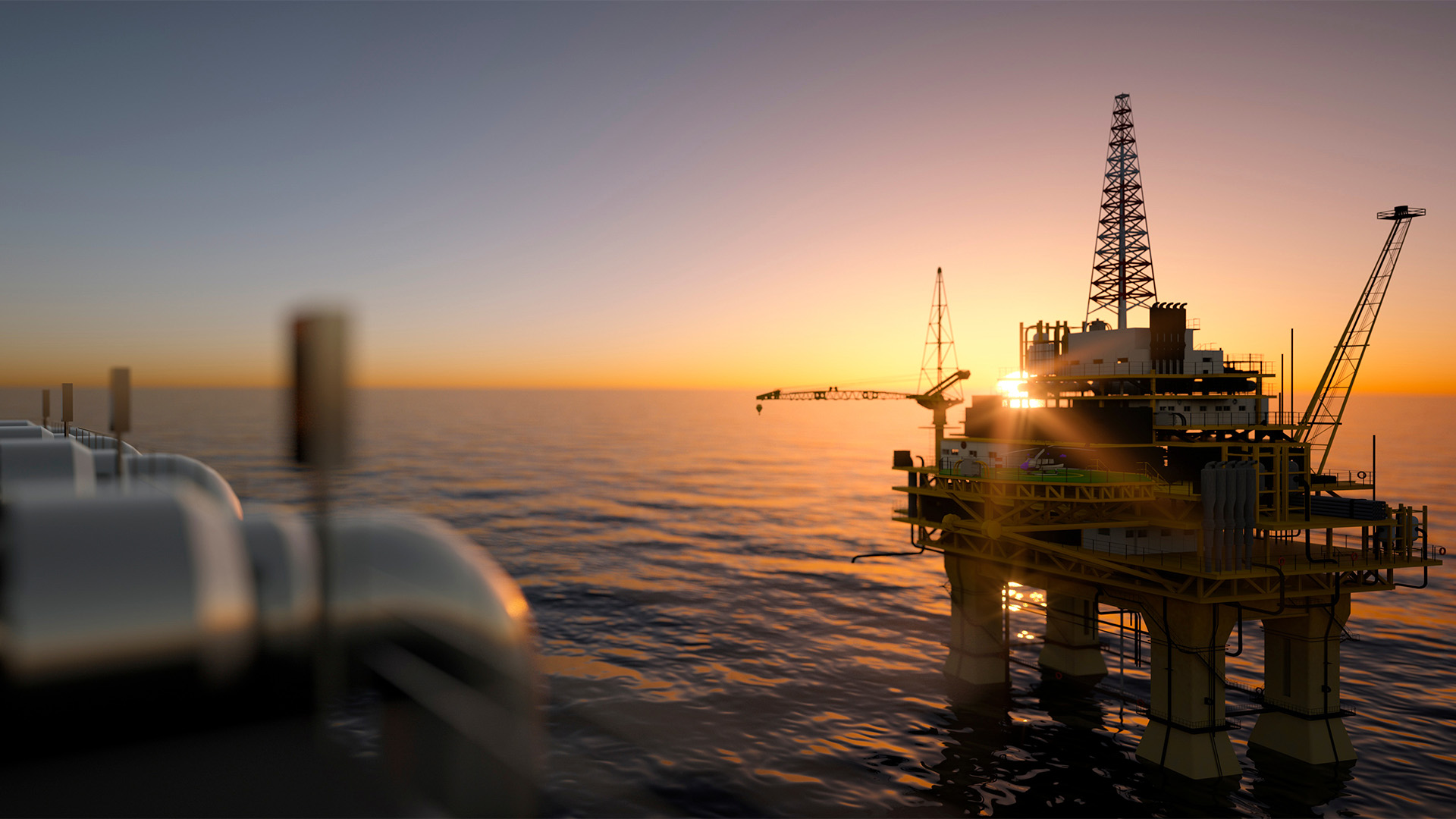
It's 3 AM. You’re on a platform in the North Sea. Pressure readings begin to climb unexpectedly. Warning systems activate. The next few minutes will demonstrate whether years of preparation, training, and investment were enough.
Scenarios like this unfold across the industry every day.
At Flare, we work with operators who consistently manage these moments expertly, and we've observed what sets them apart. It's about more than superior equipment or extensive procedures. Rather, it's understanding a principle that distinguishes industry leaders:
Safety and efficiency aren't competing objectives, they're fundamentally aligned.
The costliest mistake we still see is treating safety as a regulatory checkbox rather than a performance driver. The truth? The safest operations are consistently the fastest, because downtime and rework disappear when risk is controlled.
One of the most common questions in drilling operations is how to maintain rigorous safety standards whilst meeting challenging operational targets. How do you push performance boundaries without compromising the wellbeing of your teams?
The most effective approach involves reframing the question entirely:
The safest operations tend to be the most efficient ones.
When safety protocols are thoroughly embedded, when equipment performs reliably under pressure, when crews can execute complex procedures with confidence - you're protecting people, and you're also preventing the unplanned downtime, equipment failures, and procedural errors that impact productivity.
Too many leaders assume safety culture exists because it’s written in a handbook. In reality, culture is tested at 3 AM, under pressure, when the easy choice and the right choice don’t align.
6th July 1988. 167 lives lost. The Piper Alpha disaster fundamentally changed safety regulations and, more importantly, how the industry approaches risk management.
The operators who truly excel consistently exceed ALARP standards, not just meet them. They've developed safety cultures where protecting people and maintaining operational excellence are inseparable.
Whilst some operators maintain traditional approaches, industry leaders are adopting technologies that are transforming operational capabilities:
Operations at 15,000+ PSI present unique challenges where conventional approaches may not be enough. The equipment requirements are demanding, and safety considerations are a priority.
Success requires more than enhanced BOPs (though these are certainly essential). It demands a comprehensive rethinking of well control strategies, risk assessment, and what constitutes truly fail-safe design.
The operators who are succeeding in these environments combine advanced technology with evolved approaches to risk management and crew preparation.
Environmental stewardship has moved from compliance requirements to a marker of operational sophistication.
Low-emission power systems reduce both environmental impact and fuel costs. Comprehensive spill prevention does more than protect marine ecosystems, it prevents costly remediation and potential regulatory action.
When environmental considerations are integrated into daily operations from the outset, they enhance rather than burden operational efficiency.
The most advanced BOP systems, sophisticated AI monitoring, and cutting-edge automation all depend on one crucial factor: the teams who operate them.
Technology is only as effective as the culture that supports it.
The safest and most efficient operations share common characteristics: crews who understand not just procedures but their underlying logic; teams empowered to raise concerns when something feels amiss; leadership that views safety investment as business investment.
The coming years will bring developments that could fundamentally alter how drilling operations are conducted:
These technologies will reshape drilling operations. The real question: will your team lead the transformation or be forced to catch up?
Every operator faces a choice:
At Flare, we work in partnership with operators who are setting new industry standards. Our solutions have been proven in some of the world's most challenging environments, from North Sea conditions to ultra-deepwater Gulf of Mexico operations.
We believe your drilling operation should exemplify engineering excellence whilst maintaining the highest safety standards.
Interested in exploring how safety and efficiency can reinforce each other in your operations? Or how your drilling programme might become a benchmark for others in the industry?
We'd welcome the opportunity to discuss your specific challenges and objectives.
Contact Flare today to explore how our experience-based, innovative safety solutions can enhance your drilling operations whilst maintaining the rigorous standards your operation demands.